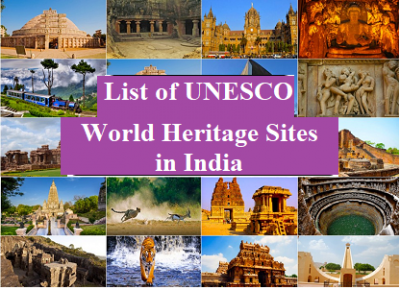
United Nations Educational, Scientific and Cultural Organization (UNESCO) adopted the World Heritage Convention Treaty in November 1972. The purpose of the treaty was to call attention to places of cultural and natural importance across the globe. The list of World Heritage Sites was aimed at bringing in international efforts in the protection and preservation of these places.
World Heritage Sites include three categories: cultural, natural, and mixed. Historic buildings and towns, archaeological sites and certain sculptures and paintings make up the cultural heritage sites. Natural areas that give examples of Earth’s record of life, geological or evolutionary processes and exceptional marvels of nature are natural sites. Habitats of rare or endangered animals or plants or places with exceptional biodiversity are also included in this category. Mixed sites have both natural and cultural relevance.
There were 1,121 sites in the list as of June 2020. Countries with the largest number of sites in the list are China and Italy.
Let us visit some of the famous sites in each continent.
Picture Credit : Google




